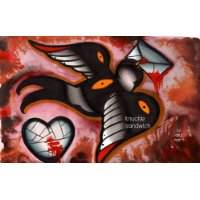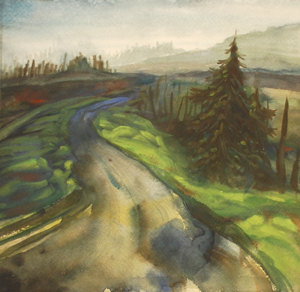sketches, lavender tattoo, ear weights.
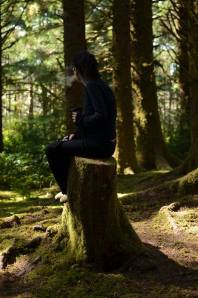
on my throne

study for a thigh tattoo
fall plans, discount for prints and shirts, and saying hello to lurkers
Discount code for all the prints and shirts:
 Discount on everything this week at my redbubbleshop!
Discount on everything this week at my redbubbleshop!
15% OFF EVERYTHING! USE CODE GET15
yay for a sale at redbubble!
http://www.redbubble.com/people/resonanteye
ALL the prints and shirts and things get the discount! Only for I think this week!
ALSO, running low on the signed copies of the Horrors coloring book. Better get one soon if you want a signed copy. http://resonanteye.net/2014/08/22/the-horrors-orders/ they can be got through squareup, paypal, or etsy.
How to prepare specimens safely.
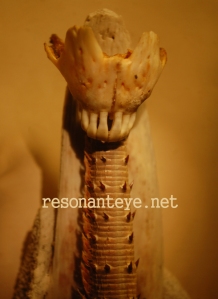 How to get the bones from animal remains you find that still have a bit of meat on them, and which are not dried out:
How to get the bones from animal remains you find that still have a bit of meat on them, and which are not dried out:
Wear disposable gloves. Wild animals carry loads of diseases which you can in fact succumb to, such as rabies, flu, and even leprosy (YES, leprosy).
This is the low-investment method. You can also bury or macerate the remains to get the bones; but maggot cleaning will be less involved. You could get a beetle box, but maggot cleaning is less upkeep.
- DO NOT BOIL OR SIMMER BONES. Cooked bones can and will ROT! Boiling breaks the fibers that hold bone together, making them brittle, and thinning them. Let nature do the work for you! (and keep the stink outside!)
- Put them on a piece of window screen that is twice their size, and wrap them up in it. Fold over the edges to close it like a pocket, leaving a one inch opening on one end for flies and other insects to get in.
- Hang the corpse-pocket up outside. You want it up out of reach of cats and dogs, but low enough that you can reach it. I hang remains from a tree limb near my house. You can also wrap the corpse this way and then bury it a foot deep or less. Either way, insects will do the cleaning for you. This will not work in winter though.
- Wait a few weeks, less if it is hot/humid. check on your developments. at some point the bones will be fully exposed, and all meat will have been picked away by insects.
- soak the bones in HOT water and blue Dawn dish detergent. Change out the water/detergent mix every day. It can cool off overnight, just use hot water to refill it each day. Use about two cups of Dawn per gallon of water. Do this until the bones are not yellowish with fat anymore.
- Scrub the bones in cold water with more dish soap. Then soak again in HOT water, mixed 1:1 with regular old store-type peroxide. YOU DON’T NEED BLEACH; BLEACH WILL MAKE THE BONE CRUMBLY AND WEAK, AND SOFTEN IT. Peroxide and hot water will disinfect just as well, when used in conjunction with the soap soak. refill/continue soaking until the bone is as white as you’d like. I find that it usually takes three water changes to get the ivory-cream tone I prefer.
- Dry the bones thoroughly, NOT IN THE SUN. Then spray, with a coat of matte UV protectant. Sun exposure, like bleach, degrades and weakens bone.
- The best way to hang a skull is to string it on thick, soft twine through the orbital bones, then hang that on a hook on a mountboard. I like to attach the jaw as well, and pose and articulate bones- I’ll go over that stuff in a later post.
TEAL DEER:
DON’T FUCKING BOIL OR BLEACH BONES! IT DESTROYS THEM!
 How to disinfect feathers (legal ones- domestic and game birds)
How to disinfect feathers (legal ones- domestic and game birds)
Find out if they’re legal to own!
Wear disposable gloves.
Be especially cautious with feathers, because bird flu is an actual thing. So is west nile virus, salmonella, and more…
- Figure out if it is a land or water bird. Water birds have oil in their feathers, land birds do not.
- Figure out if the feather is legal to own or not. You can check the list here to find out.
- Spray with alcohol (land bird) or tea tree oil, almond oil, or oil-based castile soap (water bird) and let dry.
- Soak a paper towel with full-strength hand sanitizer, and wipe feather gently, in the direction of growth. Soak the feather well.
- Tie a string to the base of the shaft and hang the feather, shaft up, overnight to dry out.
- Using hot water, wipe the feather down again. Let dry. Use almond oil (water bird) or a damp cloth (land bird) to smooth the feather to shape it again. Again, let it dry completely.
- Smooth out with your fingers to re-shape the feather and re-attach each strand of it.
- To dye land-bird feathers, use translucent, lightfast inks (FW, or diluted liquid acrylics) and wipe ink onto feather surfaces in the pattern you want, or better yet, spray it on lightly. let it stand until the ink has dried, then wipe gently with a damp rag, using your fingers to smooth the surface and attach the strands.
- To dye water bird feathers, use an oil paint, diluted with almond or walnut oil. Make sure to re-shape the feather several times during the drying period, or the strands will clump together.
TEAL DEER? MOST FEATHERS ARE ILLEGAL, DON’T BE A DUMBASS.
(you can find my work in these materials here or here)
originally written on: Aug 1, 2012
updated today
landscape paintings.
All watercolors are on arches 140lb paper (some hotpress, some cold) and oils are unframed, on gallery-wrapped canvas.
All are painted from memory and photo reference I took, OR on site, en plein aire. When I travel, which is often, I go by car. This gives me a lot of time for landscape painting, photography, and just stopping to look around. I tend to look for places with a big vista. I grew up on the east coast and the sky out here west still seems so massive to me, crowding down against the ground in every direction. I’m a little bit obsessed with the sky out here,
Usually I include the road in my landscapes. This is because I love the road, and to me it’s the central reason, the thing I want to speak to and about, in any landscape. Whether it’s a dirt logging road, or a major highway, it’s a vein connecting all my experiences in the world.
Some are available as prints, here. Some are available as originals, if you click the images.








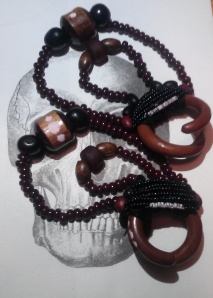

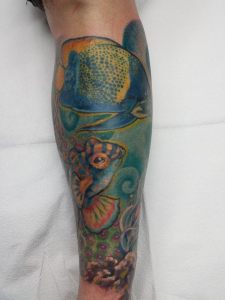
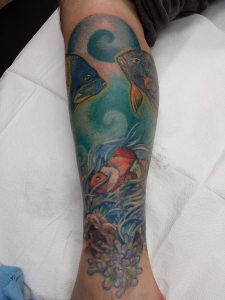
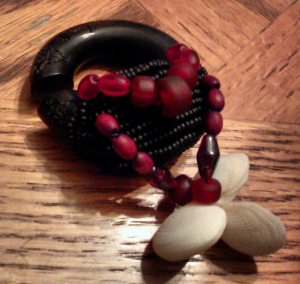

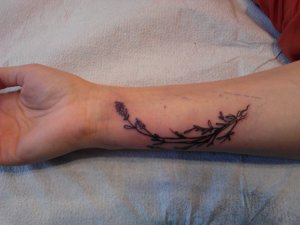




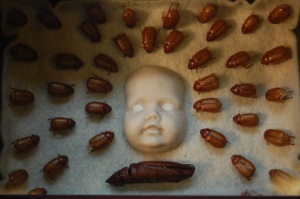
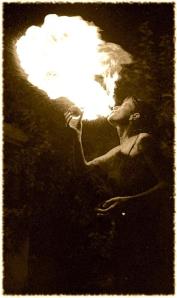 I love fire. I was afraid of it as a child, but as I grew older and began to challenge myself to other new and frightening experiences, I decided it was time to meet flame and make a connection with it.
I love fire. I was afraid of it as a child, but as I grew older and began to challenge myself to other new and frightening experiences, I decided it was time to meet flame and make a connection with it.
